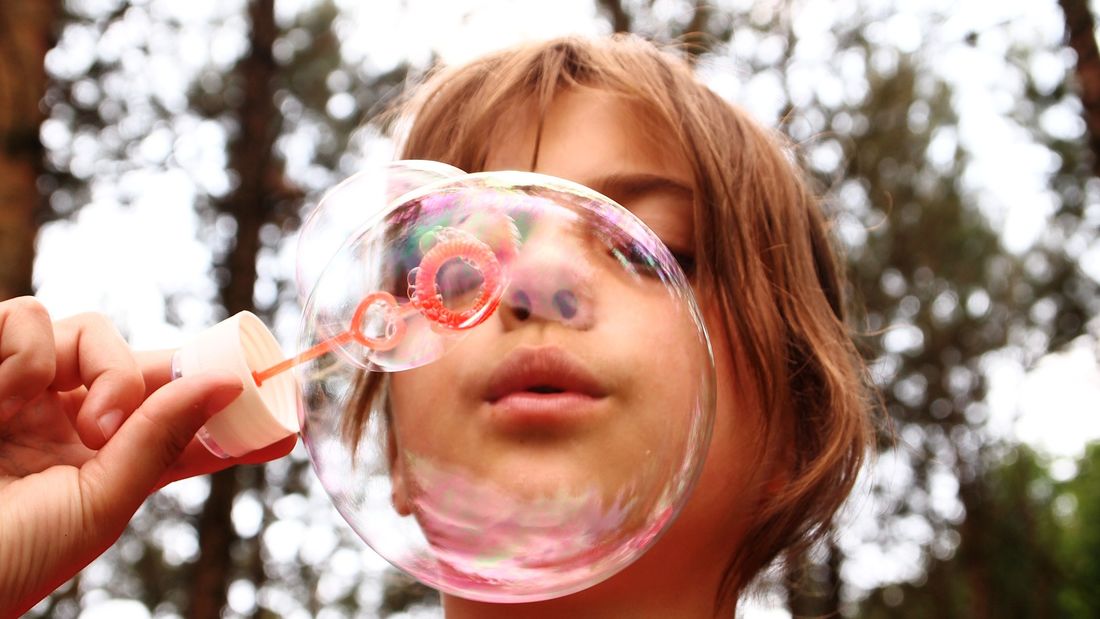In this modern and rushed society, where our sympathetic nervous system (the one that responds to stress in a fight/flight/freeze mode) appears to be overwhelmed, it is important to teach our kids methods and techniques that help to reduce stress and introduce quietness and calm thus activating the parasympathetic nervous system.
When we are in a calm state, we are ready and alert to focus and learn. The exercises described below will assist any child to destress and are handy tools to use in the quest for their wellbeing.
For a child, the exercises can be done at home or at school to help them slow down, focus and to pay better attention. They should be carried out slowly, and in a steady and controlled manner.
1. Have your child place their palms on the top of their head and press down with even pressure for the count of 20. Repeat twice.
2. Push against a wall or down on a desk for a count of 20.
3. Press ups on the floor or the wall 10 times, slowly.
4. Big bear hugs as this feeds into the body's sense of position in space and has a calming effect. Hugs also release the hormone oxytocin which helps reduce stress by decreasing the stress hormone, cortisol. This benefit is seen with hugs lasting at least 20 seconds. Perhaps a good way to start the day!
5. A soft ball can be held between your childs hands and squeezed in front of their chest. Hold for a count of 50.
6. Allow your child to wrap themselves up in a big towel or blanket.
7. Push against parent or adults outstretched hands and adult is to slightly vary force and direction of push to facilitate change in body movement.
8. Blowing bubbles as this helps slow down your childs breath.
9. Lavender scented play dough or sensory rice tray.
10. Deep breathing. Deep breathing has been scientifically proven to reduce stress and anxiety. It is an essential technique to learn to help with self-regulation. Here are 3 calm down breathing techniques:
- Have your child put their hand on their stomach and feel the rise and fall while they breathe.
- Have them inhale for 4 seconds, trying to fill their belly balloon with air, hold the breath for 2 seconds and then exhale.
- Teach them to breathe slowly in through their nose, out through their mouth. The best way to teach this method is to have them make eye contact with you and do it at the same time as you while you give them the verbal cues of in through your nose and ;out through your mouth.
